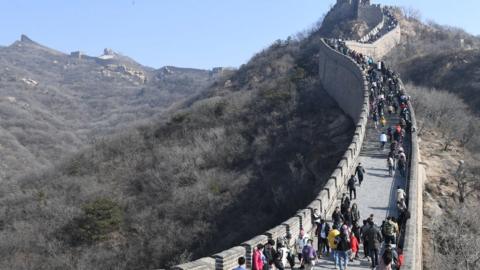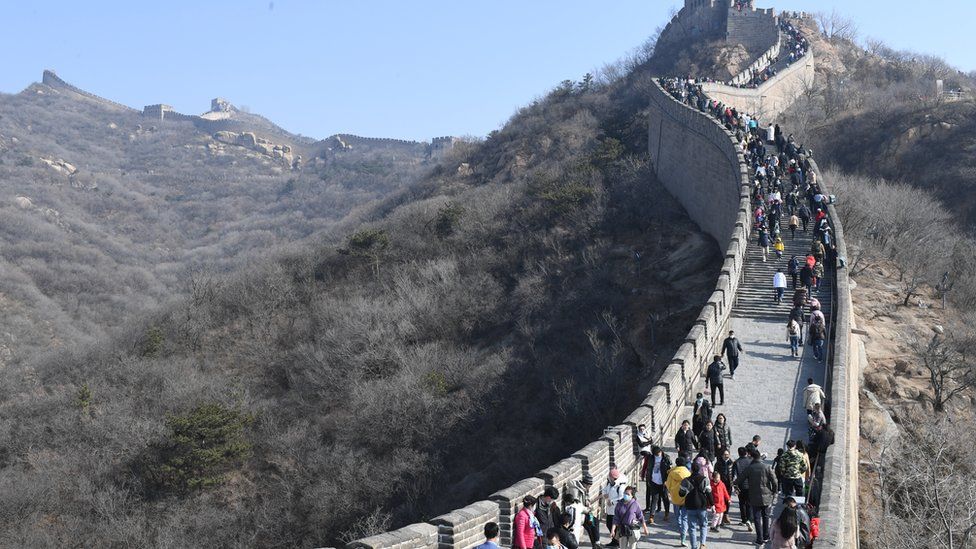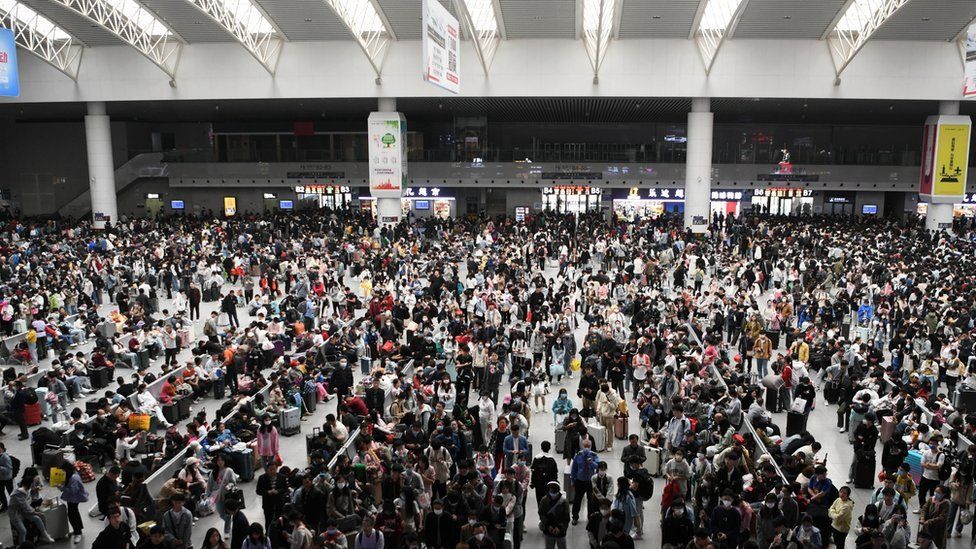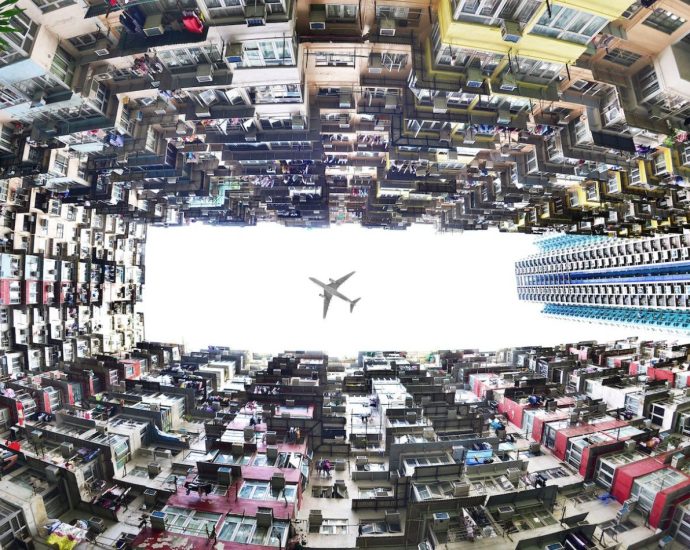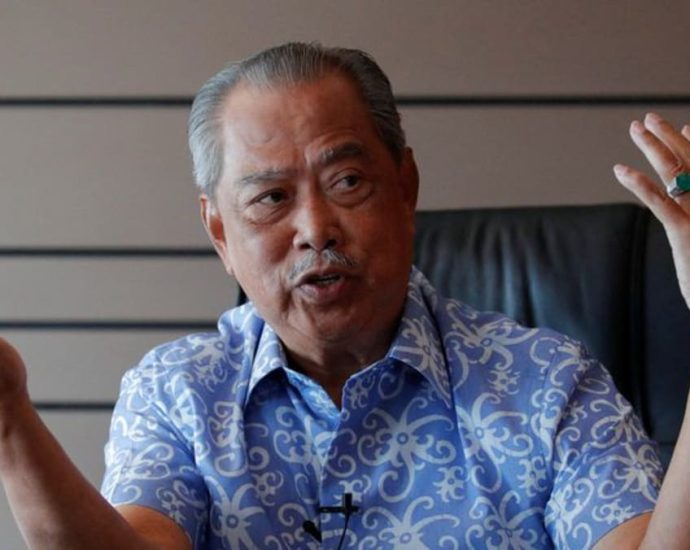El Niño: an investment caseÂ
This year sees the return of El Niño, a natural climate event that occurs every two to seven years. El Niño originates in the Pacific Ocean along the equator causing waters there to become much warmer than usual, which gives rise to extreme weather phenomena.
El Niño returns at a time when the global climate crisis has reached an unprecedented peak. And it will make the crisis worse. Scientists believe that this year’s record high temperatures combined with El Niño will produce even more severe weather across the globe.
The Asia-Pacific region, already highly vulnerable to disasters, is expected to be one of the most affected by El Niño. Even more extreme droughts and more tropical cyclones triggering flooding and landslides are expected across the region this year and into the early months of 2024, resulting in more lives being lost, damaging homes and infrastructure and leading to higher economic costs.
The prospect of this double Climate-El Niño crisis is daunting. It is however also an opportunity to accelerate actions with a view to anticipate, mitigate, and adapt to the weather events that are coming.
Improved forecasting
The first measure to cushion the impact of El Niño is to improve forecasts to anticipate the type and severity of hazards at regional, national, and subnational levels. The expanded use of satellite and technology in all countries combined with widespread dissemination of early warnings to all population groups likely to be affected, including the most isolated ones, is feasible, low cost, and high impact.
The Asia-Pacific region is at the forefront of innovation and digital progress, driven by governments and a dynamic private sector.
The El Niño threat presents an opportunity to use digitization and data to help both central and local governments better assess risks posed by El Niño, anticipate the damage it may cause within communities as well as to infrastructure, protect the most vulnerable population groups, and provide a more rapid and effective response to the disasters.
Focusing on the compounding impact of El Niño on the climate crisis can improve land, water, flood, and drought management by governments and local communities. For the private sector, particularly small and micro-enterprises, heeding the El Niño threat will help protect assets and secure business continuity.
El Niño can also cause setbacks in human development, particularly in poverty and inequality reduction. This realization should make it imperative to identify the environmental and socio-economic vulnerabilities to El Niño and to address their root causes at national and local levels through policies and targeted programmes ranging from housing to social protection to improve the resilience of communities to weather-related risks.
Risk-informed development
El Niño also makes the concept of “risk-informed development” more relevant than ever. From Nepal to Fiji, the Asia-Pacific region has made very significant strides in putting risk-informed development into practice.
Risk-informed development has been integrated into national policies for urban and rural development, yet the scope and depth of risk-informed development still varies across and within countries. Accelerating its adoption will help counter the impact of El Niño and will offer long-lasting benefits.
This El Niño comes at a time of increased economic, social fragility, and volatility in Asia and the Pacific. The region is still recovering from the impacts of the Covid-19 pandemic that have weakened growth and reversed human development progress and is also impacted by the ripple effects of the Russian invasion of Ukraine.
Several countries have seen this exogenous impact aggravated by domestic political and social turmoil, resulting in an unbearable debt burden and a cost-of-living crisis that is affecting millions. This makes protection and adaptation to El Niño and the business case for climate actions stronger.
Plainly put, the destruction of infrastructure, the economic loss, and the financial resources for recovery are a cost to be paid. Conversely, the financial resources allocated for disaster preparedness and climate actions are worthwhile investments that should be done without delay.
Seen positively, El Niño should encourage international cooperation, particularly South-South cooperation. Many benefits are to be derived from specific exchanges of information and experience on how to anticipate and prepare for El Niño.
Such an exchange leading to replication or adaptations in planning, policies, capacity-building, and use of technology will make nations and communities more resilient to El Niño and climate change, more broadly.
Across Asia and the Pacific, the United Nations Development Program (UNDP), together with other UN agencies, governments, and international and national partners is actively engaged in climate actions that will help counter El Niño’s impact on countries and their populations.
This is part of our contribution to human development and the Sustainable Development Goals. We cannot avoid El Niño, but we can take quick effective actions to prepare and diminish its impact.


